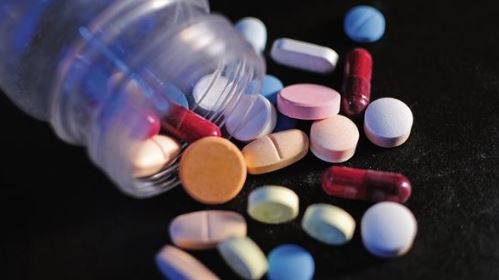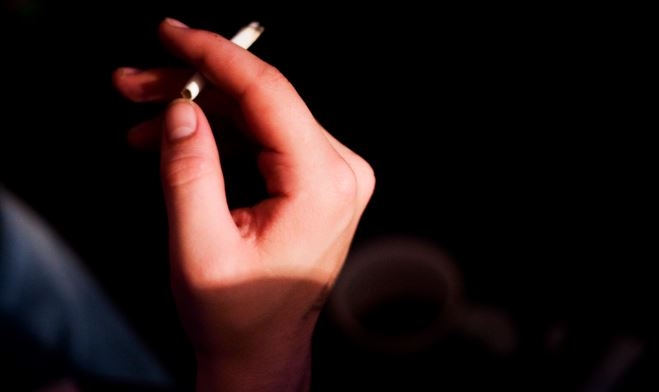People with Type A blood are significantly more likely to catch coronavirus than those with Type O, Chinese academics have found. The study in Wuhan - the epicentre of the disease - also found those with Type A blood are more likely to die from COVID-19. In the general population Type O blood (34%) is more common than A (32%). However, among COVID-19 patients, people with Type O accounted for just 25%, whereas Type A made up 41%.
People with Type O blood made up a quarter (25 per cent) of deaths in the research. Normally, Type O people make up 32 per cent of people in Wuhan. The controversial correlation has yet to be scrutinised by other academics in peer review and the researchers are unable to explain why infection varies by blood type.
Of 206 patients who had died from Covid-19 in Wuhan, 85 had type A blood, which was 63 per cent more than the 52 with type O. The pattern existed across different age and gender groups.
'If you are type A, there is no need to panic. It does not mean you will be infected 100 percent.'If you are type O, it does not mean you are absolutely safe, either. You still need to wash your hands and follow the guidelines issued by authorities.'
The difference in blood groups depends on attachments to red blood cells called antigens. The presence, or absence, of these molecules dictates what blood type a person is.
People with Type A blood are significantly more likely to catch coronavirus than those with Type O, Chinese academics have found. The study in Wuhan - the epicentre of the disease - also found those with Type A blood are more likely to die from COVID-19. In the general population Type O blood (34%) is more common than A (32%). However, among COVID-19 patients, people with Type O accounted for just 25%, whereas Type A made up 41%.
People with Type O blood made up a quarter (25 per cent) of deaths in the research. Normally, Type O people make up 32 per cent of people in Wuhan. The controversial correlation has yet to be scrutinised by other academics in peer review and the researchers are unable to explain why infection varies by blood type.
Of 206 patients who had died from Covid-19 in Wuhan, 85 had type A blood, which was 63 per cent more than the 52 with type O. The pattern existed across different age and gender groups.
'If you are type A, there is no need to panic. It does not mean you will be infected 100 percent.'If you are type O, it does not mean you are absolutely safe, either. You still need to wash your hands and follow the guidelines issued by authorities.'
The difference in blood groups depends on attachments to red blood cells called antigens. The presence, or absence, of these molecules dictates what blood type a person is.
























